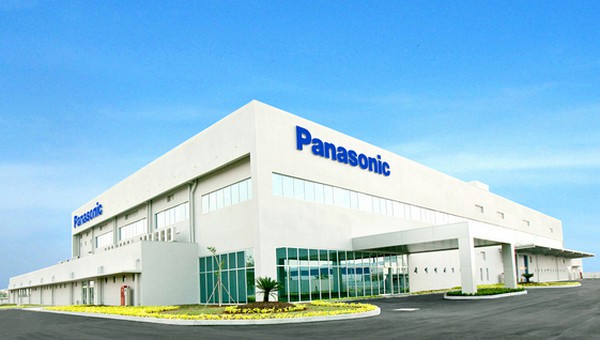Bookkeeping
Equity Multiplier: A Detailed Examination of its Role in Financial Analysis
NỘI DUNG TRANG
We will follow the equity multiplier formula and will put the data we have into the formula to find out the ratios. You need to pull out other similar companies in the same industry and calculate equity multiplier ratio. However, suppose the equity multiplier had risen while sales/assets and income/sales were static or declining. In that case, it’s possible ROE could have https://www.bookstime.com/articles/freshbooks increased because the company was taking on debt. Still, the company has also significantly improved its profitability (income/sales) and how much sales it generates from its assets (sales/assets) over the same period. In other words, Illinois Tool Works is excellently sweating its assets, even if those assets were supported by taking on more debt.
Understanding Financial Health Through Equity Multiplier
- Equity multiplier is a leverage ratio that measures the portion of the company’s assets that are financed by equity.
- Simply put, the equity multiplier is a financial ratio that measures the amount of debt a company has compared to the amount of equity.
- For some companies, a high equity multiplier does not always equate to higher investment risk.
- On the other hand, Verizon’s multiplier risk is high, meaning that it is heavily dependent on debt financing and other liabilities.
- If ROE changes over time or diverges from normal levels, the DuPont analysis can indicate how much of this is attributable to financial leverage.
- A higher asset to equity ratio shows that the current shareholders own fewer assets than the current creditors.
- The equity multiplier is a financial ratio that measures the debt-to-equity ratio of a company.
Under DuPont analysis, we need to use three ratios to find out the return on equity. An equity multiplier is used when comparing companies in the same industry or when using the industry’s standard as a point of reference. So let’s take a look at what high equity multiplier and low equity multiplier might mean. You can use an equity multiplier calculator or manual equity multiplier calculation. Once you the equity multiplier is equal to: have the equity percentage, you can see financing between equity. Then, he needs to look at other aspects of the equation, i.e., the company’s operational efficiency and efficiency of the utilization of assets.
Equity Multiplier vs. Debt Ratio
High financial risk could also expose the company to reputational risk. If a business fails to meet its financial obligations or file bankruptcy, it could damage its reputational equity. This, in turn, might affect its relationships with stakeholders, including investors, employees, and customers.
How Do You Calculate Shareholders’ Equity?
- The equity multiplier helps us understand how much of the company’s assets are financed by the shareholders’ equity and is a simple ratio of total assets to total equity.
- This will decrease the denominator of the equation, while keeping the numerator (debt) constant.
- This can be risky because it can lead to financial instability if the company is unable to pay off its debts.
- An equity multiplier relates the balance sheet to the amount of equity.
- Let us also assume; Milkwater Company operates in the same industry as Waterfront Company.
- Companies finance their operations with equity or debt, so a higher equity multiplier indicates that a larger portion of asset financing is attributed to debt.
Company ABC has a higher equity multiplier than company DEF, indicating that ABC is using more debt to finance its asset purchases. A lower equity multiplier is preferred because it indicates the company https://www.facebook.com/BooksTimeInc/ is taking on less debt to buy assets. In this case, company DEF is preferred to company ABC because it does not owe as much money and therefore carries less risk. The debt ratio is the amount of a company’s assets that is funded through debt.
How to Calculate the Equity Multiplier
A low equity multiplier could also indicate that a company’s growth prospects are low because its financial leverage is low. The DuPont analysis looks at the various components of a company’s return on equity — in other words, earnings divided by shareholders’ equity. If a company can generate a high ROE, it makes sense to reinvest in the business. That said, a company can always generate a higher ROE by loading up on debt, so looking at how the equity multiplier plays a role in producing ROE is useful. DuPont Analysis is a financial assessment method developed by DuPont Corporation for internal review purposes.











